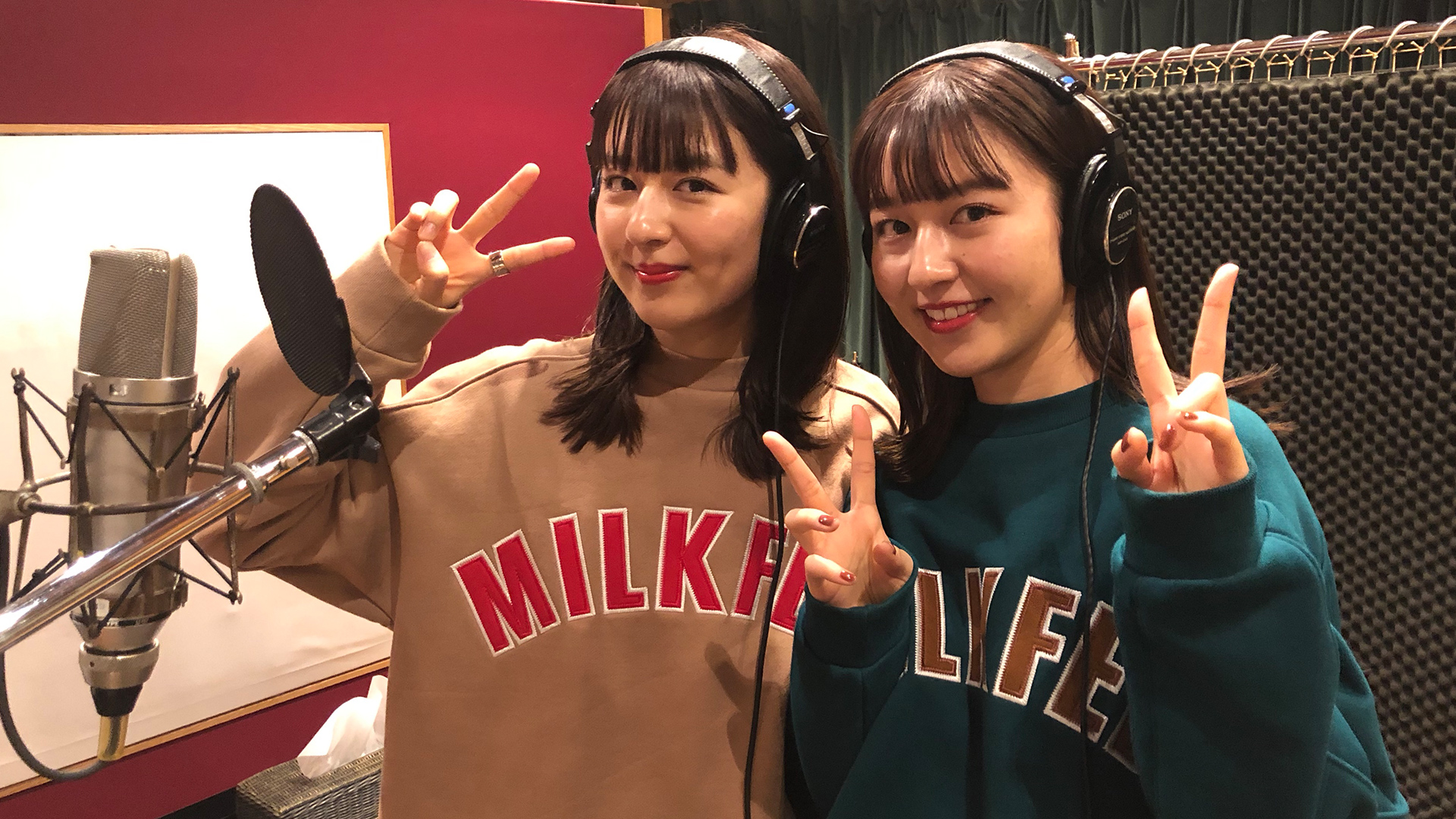
Today’s OTEMOTO
OTEMOTO #2 – Making Matcha Tea (Headphones recommended!)
Welcome to OTEMOTO.
In Japanese, temoto means “hands.” This series brings you an up-close video of the hands of skilled Japanese artisans as they work on their craft.
Culture, tradition, people, crafts, and social movements unique to Japan…
Experience the beauty of their art as they work from their fingertips, all with immersive audio perfect for listening on headphones.
OTEMOTO. A Japanese experience unlike any other.
[The Japanese Tradition of Tea Ceremonies]
Japanese tea ceremonies are not only about pouring and drinking tea. The host of the ceremony prepares a tea room with utensils, food, and traditional snacks depending on the guest and season, while also making sure the outside greenery is properly taken care of. This tradition is one of the roots of omotenashi, a culture of hospitality that continues to be a major part of Japanese society today.
| Producer | Yukihiro Koguchi |
| Director/Editor | Ayano Suzuki |
| Assistant Producer | Tatsuya Kuroki |
| Tan Zhao Song | |
| Videographer | Daisuke Huzioka |
| Sound Department | BULL BULL Hidetoshi Matsuo |





